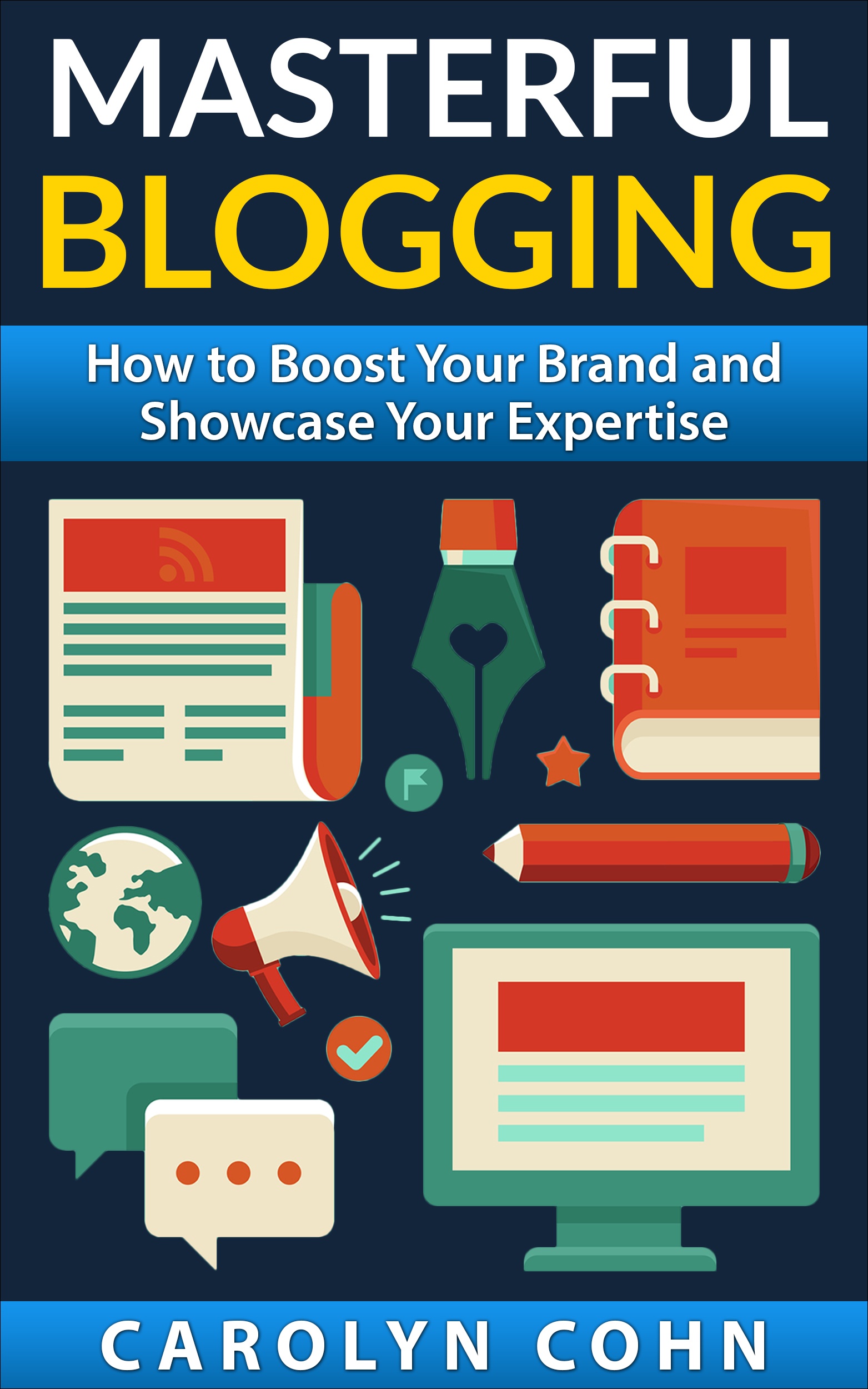SPAM: What it Is and How to Deal With It

We have all heard of SPAM and have all been on the receiving end of it. SPAM is an unsolicited, often commercial, message transmitted online as a mass mailing to a large number of recipients. So, what do we do?
The term “SPAM” comes from the CAN-SPAM Act of 2003. The law was the first one in the United States to establish national standards for sending commercial Email and requires that the Federal Trade Commission (FTC) enforce its provisions. The acronym stands for Controlling the Assault of Non-Solicited Pornography And Marketing Act.
Many times, information that is shared online between businesses and their followers takes on a misunderstood intended meaning. There are many people who share valuable and informative information that is meant to educate and help others to overcome the challenges that they face in their own businesses. Instead of that being treasured and appreciated for what it is, the intention is misunderstood and other people become annoyed and resentful because, in their estimation, they are being exposed to too much information, find it annoying and start to declare it as SPAM.
It is definitely accurate to say that not all unsolicited materials that are distributed over the internet are spam. For example, if you have voluntarily given your Email address to a person or a business (in other words, you have opted in), you should not in any way feel that you are being spammed by those business owners. A good example of this type of Email communication would be a monthly newsletter, business proposal or some other type of message from those particular businesses.
The most important aspect of SPAM that negatively affects online recipients is that they feel that they are being bombarded with information. It is information that is coming in large volume and great frequency. Another aspect is when people start to receive the same content multiple times.
What to do about SPAM
You can’t really prevent SPAM from reaching you altogether; however, there are things that you can do that minimize how much SPAM you receive.
- Email addresses: First and foremost, you should not post your Email addresses on public forums, newsgroups, chat rooms or websites. Unless you really want to be inundated with a great deal of information that you don’t want or need, this should be the golden rule to follow when it comes to your online presence.
- Opening messages: There are many tools and filters available that will stop SPAM mail from reaching you. For example, Yahoo provides several options to help you. You are able to choose all of the Email messages that you think might be SPAM and click on the “SPAM” button. Once you have done that, those types of messages will no longer come to you. You will not see them in your inbox.
- Don’t reply: If you have any suspicion that an Email receive by you is SPAM, the worst thing that you can do is to reply to that Email. Sometimes, the message appears to be inane but in actuality, it is not. Many times, you will have received a message and you have the option to unsubscribe. When you do that, you are proving to the spammer that you exist. If you are pretty sure from the subject line that the Email is SPAM, you should delete it without opening it at all.
- Don’t click on any links in a spam Email: Because spammers many times have several unique pages on their websites, when you click on a link in the SPAM Email that they have sent to you, it gives them a clear message that you (and only you) have received the message that he or she sent to you.
- Never forward an Email from someone whom you don’t know to a list of other people: The classic example of this is the chain Email. This is a perfect way for spammers to get their hands on new lists of people to harass.
- Never use your home or business Email address: When you are registering on a website for some service or a giveaway, always use a free Email address, such as Hotmail or Yahoo to create an address that will only be used for that purpose.
- Think before you join: Before you decide to join an online list of any kind, you need to make sure that the owner of the list has no intentions of selling your contact information to anyone else. Check to see if you are able to opt out of receiving unsolicited Email from that website. A good way to know for sure is if you read the website’s privacy policy.
- Preview your messages: Most Email programs allow you to preview all of your Email messages before you actually open them. In Outlook, go to the View menu and select Preview Pane. Once that is turned on, whenever you want to preview a message, single click on it and you will see the preview.
- Use a SPAM filter: There are several decent SPAM filters, such as spamBayes for Windows (which is a part of TechSoup’s Free Downloads section and won’t cost you anything)
- Set your privacy settings correctly: You will want to make sure that the privacy settings don’t allow you to receive any solicitation from other websites in your Email profiles. If and when you sign up for free Email accounts, make sure to uncheck the preselected choices that you don’t want.
Conclusion
Although SPAM is a very large annoyance to everyone, it is a way of life in this era of technology. Because everyone will continue to stay connected and will become even more entrenched in all things electronic going forward, we need to find the most effective way to live with what we have and do it in the most intelligent and effective way possible to make sure that it doesn’t cause any real damage.
We are pleased to provide you with the insightful comments contained herein. Please contact us at CompuKol Communications for further discussion on how we might be able to assist you and your team.



Via LinkedIn Groups
Group: Writers
Discussion: SPAM: What it Is and How to Deal With It
When you create an email id, you will be specifying your areas of interest.Depending on that, most of the messages are received. But some mail service providers are able to identify the spam messages.It will be better not to open the spam mails and even if you open, do not provide all the confidential information over mail.You can consult with your friend or colleague about this.
Posted by meenakshi venkatraman
Via LinkedIn Groups
Group: Social Media & SEO
Discussion: SPAM: What it Is and How to Deal With It
I'd like to see a better distinction made between a commercial, unsolicited email from a legitimate company (which as you point out, a lot of people call spam), and the phishing-type of emails that I believe are the true culprits.
I get dozens of direct mail advertising pieces in my physical mail box each week – that I did not ask to receive – but I don't call them spam. Some people call it junk mail, which is a matter of opinion. But it's certainly considered a legitimate form of advertising in the marketing mix.
A commercial, unsolicited email from a legitimate company with a legitimate message should be considered a legitimate form of marketing communication. You can also unsubscribe from it – which is not so easy to do for direct mail marketing.
I'm very aware that not everybody is going to agree with me on this point.
Having said all that, I'd like to see an end of the countless emails I get every day that are from some idiot in Russia trying to get me to click on his Cialis link, or grab my PayPal login info, or contact him about the million dollars he has waiting for me in Nigeria.
Posted by Christopher Hebert
Via LinkedIn Groups
Group: VERIZON CONNECTIONS
Discussion: SPAM: What it Is and How to Deal With It
For an ISP, I think Ironport makes the best email appliance to handle all aspects of spam (and virus) prevention. Once properly implemented, it is very low maintenance allowing admins to tend to other tasks at hand.
Posted by Dan Drinnon
Via LinkedIn Groups
Group: NJ Association of Women Business Owners (NJAWBO)
Discussion: SPAM: What it Is and How to Deal With It
First off – don't eat it. You don't know what they put into SPAM & it's probably from World War II.
90% of all email is SPAM
91% of all SPAM contains a hyper link which most likely will redirect you to another site –OR– install software without your knowledge.
If you are receiving SPAM from a reputable company then follow the "unsubscribe" hyperlink to unsubscribe from their mailing list.
If you are not familiar with the company, mark the email SPAM & let your email client handle the rest. First you don't want the firm to know your email address is "alive" & I have seen some "unsubscribe" links redirect you to other sites that install unauthorized software.
Posted by Daniel Furrey
As a real estate agent, I get a lot of spam because my company provided email is publicly displayed on a number of sites. (not necessarily my choice).
I remember a time when people would create their email accounts without any reference to their name. I have one of those old accounts on yahoo and I am convinced that yahoo looks for at my email keywords to sell my account to advertisers or list resellers. Not sure if they do, but I get a lot of spam on that account even though I hardly use it.
Never forward an Email from someone whom you don’t know to a list of other people.
Last week, I had a client that wanted to send out an email newsletter to a list he did not build himself. He received an email from an agent who did not BBC the receipents of her mass email. So, he had the addresses of a lot of agents. I had to remind him that he did not have permission to contact those people and if he sent them something, it would be considered SPAM.
Before sharing your email with any advertiser or business in general, you should read their privacy policy.